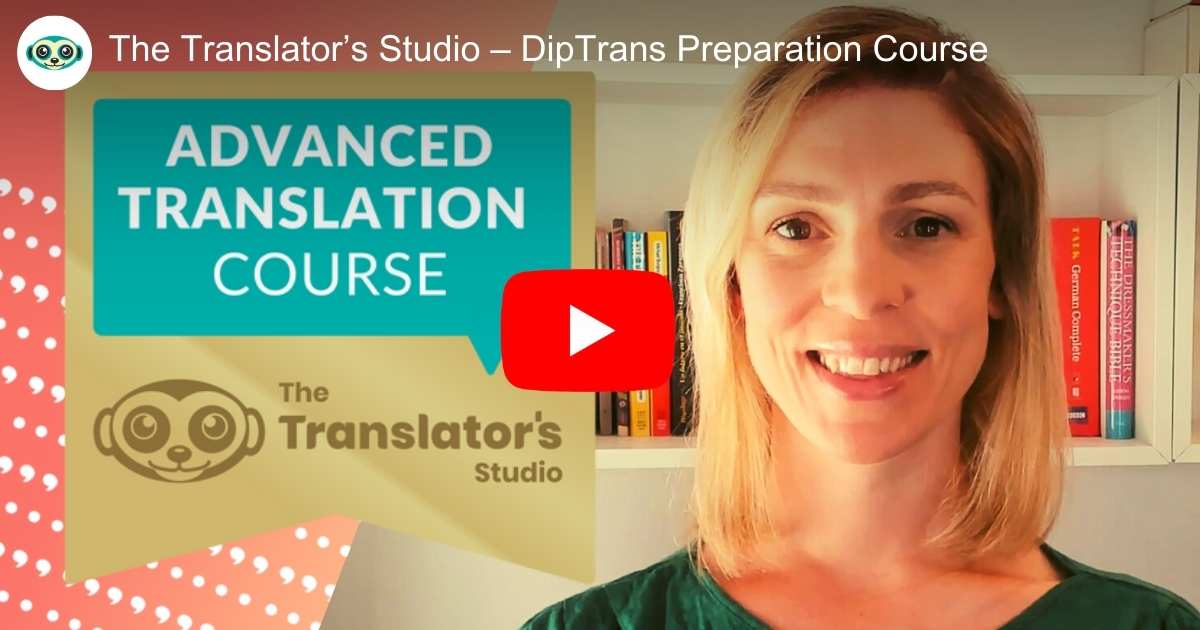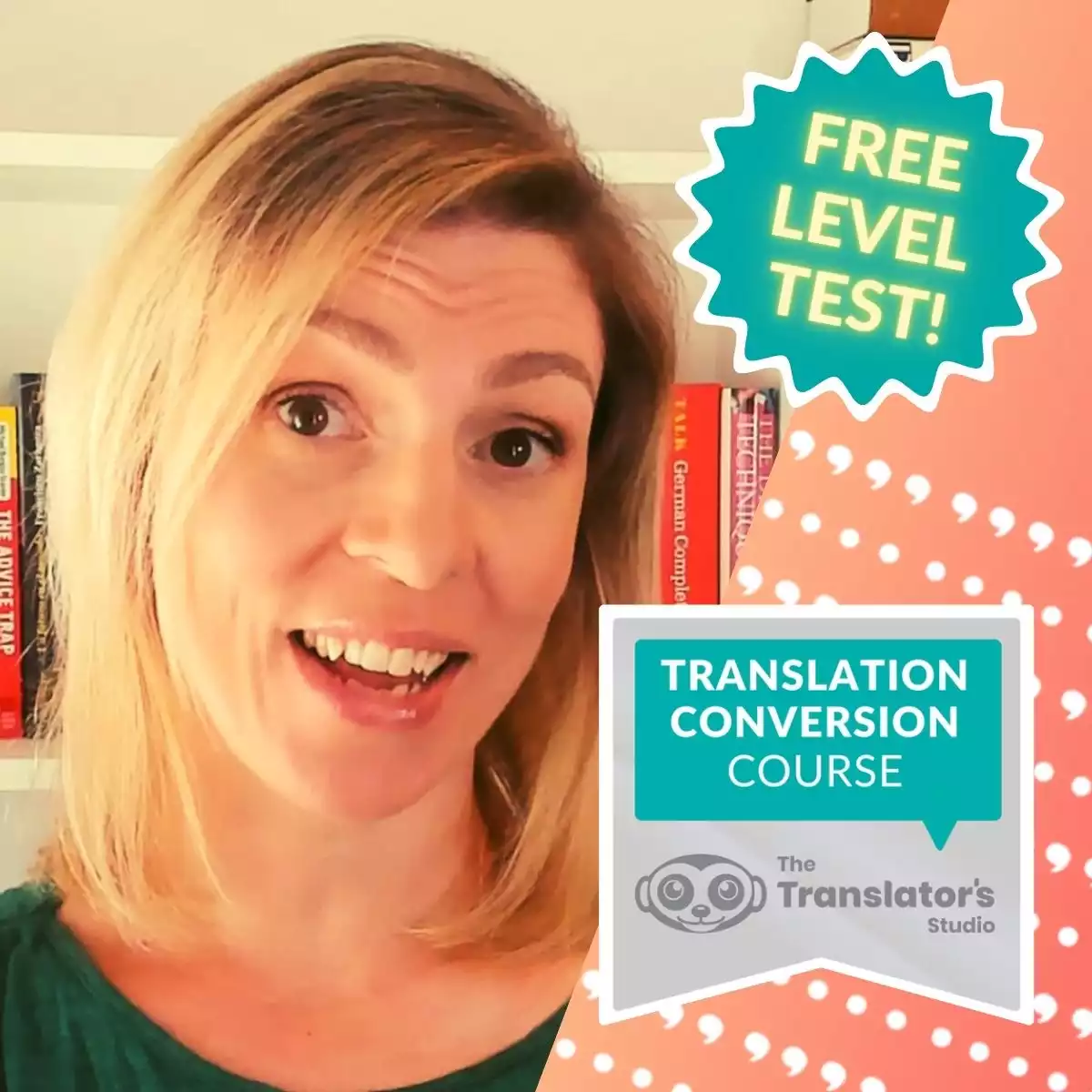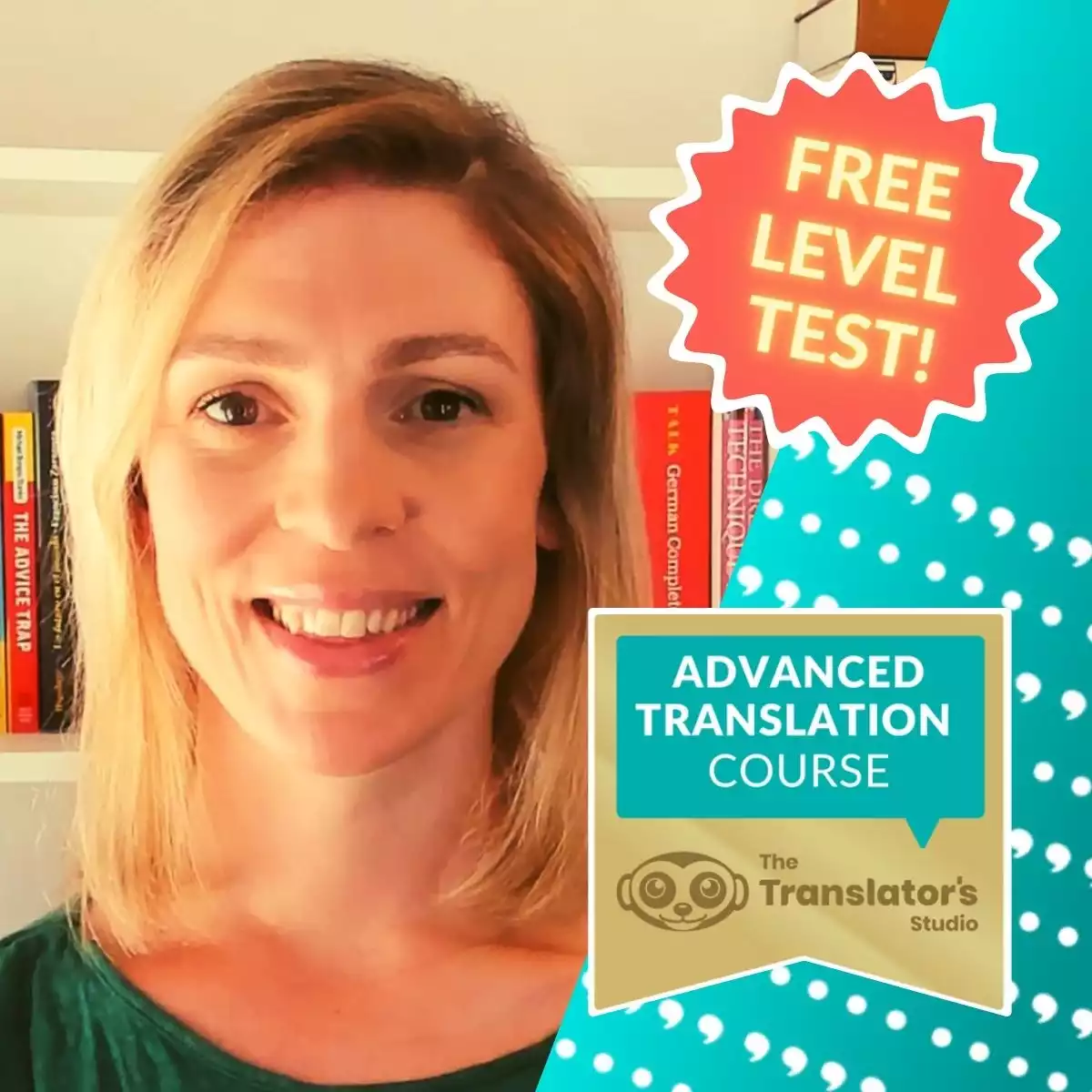Sitting the Chartered Institute of Linguists Diploma in Translation? Then you’ll need as much translation practice as possible. This article will tell you where to find parallel texts. So you can get lots of translation practice before the exam.
The Chartered Institute of Linguists Diploma in Translation is one of the hardest exams I’ve ever sat. I tell trainees on our DipTrans course to practise all they can before exam day. Working from parallel texts isn’t as useful as personalised feedback from a teacher. But a quality translation is a yardstick you can use to compare against your work.

Where can you find quality translations to use for DipTrans exam practice?
There are lots of places where you can find high-quality bilingual texts. I’m going to share some of them with you in this article. My focus is Spanish-English translation. But, some of the places I’m going to mention have other language combinations, too. If you’re planning to sit a different translation exam to the DipTrans, you’ll find this list helpful.
Quick tips to make sure you get pay off when you practise translating on your own
One of the biggest challenges of studying alone is discipline. Make your translation practice pay off by imagining it’s a professional translation commission. That means:
1. No cutting corners. Apply a professional translation process: drafting, checking, editing and proofreading. Get the text to the stage that you would be ready to hand it in to a client before you look at your sample translation. If you cheat because you have the “answers”, you won’t learn as much.
2. Read the sample translation critically. Even though you’re using a text by a professional translator, it won’t be perfect. The translation solutions won’t necessarily be better than yours.
3. Be ultra-critical about your own work. Look carefully for problems and mistakes that you repeat. If you can find your “favourite mistakes” then you’ll get better at self-correcting.
4. Pay special attention to the accuracy of your translation. Perhaps you didn’t fully understand the source text. Or maybe you translated too quickly and missed nuances of meaning. These are danger zones for the Institute of Linguists Diploma in Translation exam.
More tips to help you prepare for success in the DipTrans. Worried the DipTrans will be too tough starting out? Check out the level 6 CertTrans certificate in translation, also from the CIOL.
- Become a confident professional translator
- Learn fast with our extremely detailed feedback
- Prepare for the CertTrans exam
- Get your translation certificate
5. Look for places where your work is literal or unidiomatic. This is another reason examiners often site for failing DipTrans exam papers. Read each sentence carefully and ask yourself: would I write this from scratch in English? If the answer is no, then your translation needs further editing.
When you look for parallel texts to practise for the Diploma in Translation, be strategic.
5 websites with quality translations to help you practise for the Institute of Linguists Diploma in Translation
After you read this section, you may like to check out my article called How to Get DipTrans past papers for the Diploma in Translation exam. That post explains how to get official DipTrans past papers from the CIoL website. It also includes a free mock technology DipTrans paper. This post will tell you about websites with bilingual texts that are similar to DipTrans past papers.
When you look for parallel texts to practise for the Diploma in Translation, be strategic. DipTrans exam texts are normally about newsworthy issues from recent years. And they very often make mention of Spain or Spanish-speaking Latin American countries.
They deal with an extensive range of subjects. Everything from tourism in Machu Picchu to engineering projects in Bilbao. But, in the Spanish-English exam, you probably won’t get a text that focusses on, say, Paris.
- Become a more successful translator
- Learn fast with extremely detailed feedback
- Prepare to pass the CIOL DipTrans exam
- Get your advanced translation certificate
1. European Commission Press Release Database—a broad range of subjects
This is my number one resource for parallel texts that are ideal for practising for the DipTrans.
Why? The translations cover subjects that could come up in most DipTrans exam papers, with the exception of literature. Being press releases, they’re short, and similar to the style of many papers from the IoLET exam. There is a wealth of languages, including plenty in the Spanish-English combination. And, since it’s the EU, you know you’re getting quality translations to compare against your own.
Go to the European Commission website and search this database. A good keyword to try may be “Spain”, or “Spanish”, to help you find possible subjects that might come up in the exam.
Also, in the section “Search by Institution/by type of document”, select “Press release”. This produces a long list of recent press releases on a host of subjects. You can scan the results and see what you think may be relevant. You’ll find topics from car emissions (technology paper) to bank acquisitions (business paper), bathing water quality standards (science paper) and relocation and resettlement (social sciences).
2. ILO – great for general, but also business and social science
The DipTrans general paper tends to be a journalistic text. It’s often about an issue that has arisen in the year or so before the exam. To learn how to write like a journalist, you need to read journalistic texts in both languages. This is one reason why you should read quality newspapers in both languages.
The International Labour Organisation has free articles in Spanish, English and French. Click into the Spanish version of their newsroom and pick an article to translate. Before you start, find the English version of the same article. You don’t want to get to the end and then find there is no translation available to compare against your work.
The ILO also publishes its annual reports and minutes from its general meetings. These could be useful to prepare for the legal and business papers.
3. Current affairs from eldiario.es and The Guardian
Another useful resource for Spanish-English translators is eldiario.es. There, you can find Spanish translations of English articles from The Guardian. These articles were originally written in English. Nevertheless, the Spanish translations are high quality. It’s a great exercise for comparing your translation against how English-speaking journalists write from scratch.
One of the biggest challenges of studying alone is discipline.
The eldiaro.es website doesn’t provide a link to the original article in English. So, before you start, google the English version of the article. This way you can make sure you have your comparative text for when you complete your translation. Start by selecting an article in Spanish. Next, google: Guardian + writer’s name + something from the headline that you think the English article must contain. It shouldn’t be too hard to find it.
This could also be a useful resource for the Technology, Science, Business and Social Science DipTrans papers. These papers are normally based on articles taken from specialist publications. But newspaper articles will help you learn more about current affairs in the semi-specialist areas.
Do you know where you can get Spanish translations of articles from The Guardian? Share on X4. Our Spanish-to-English mock DipTrans general paper
Visit our article about paper 1 of the DipTrans to get your free mock general DipTrans test paper.
Sign up for our newsletter in the sidebar to get notifications about new posts, translation challenges and mock DipTrans past papers.
5. EUR-Lex for legal parallel texts, also useful for technical areas
The EU is a massive source of bilingual legal texts. There is an extensive range of regulations available in some or all of the EU languages. It may be that your Spanish source text wasn’t originally written in Spanish. In fact, it may well be a translation from English. Anyhow, you’ll still learn a lot by using these texts for legal translation practice.
EUR-Lex is the access page to European Law. Starting from the homepage, you can find all EU legal documents. This resource could also be useful for the Technology, Science and Business options. Many of the regulations contain technical sections. So, look for excerpts to work with. For instance, you could look up regulations on financial services, medical devices or building regulations. Then, translate the definitions sections to expand your vocabulary.
Do our free level test to see if you’re ready for the DipTrans exam
Want to do a free level test to see if you’re ready for our DipTrans course? Foundational translation course and packages for DipTrans resitters available too!







0 Comments